Because the new powerboat Stingray 556zp from 1996 fills a gap between the 536 and the 596 and borrows heavily from their winning forms, the boat is an evolution, not a revolution. This evolution was aided by three-dimensional computer-aided design with which engineers were able to sketch passengers and crew first and then design the boat around them. The result is adequate legroom, correct helm position, and overall comfort. Stingray’s patented “zp” hull shape was then sized by the computer to fit the 556.
Description
The beauty of the Stingray Day Cruiser boat – boat from 1996 specs
The cross-sectional geometry of the powerboat zp hull can best be described as reminiscent of wooden lapstrake construction with extremely wided, thick planks. The protruding section of each plank, where it “overlaps” the plank below it, forms what Stingray boat for sale calls a “Z-Plane strake”. Each Z-Plane strake has a slightly reverse deadrise to provide lift when submerged. Also it deflect spray when riding above water on plane.
The big adventage of the Z-Plane strake, according to Stingray boat, is that it afords a clean laminar flow of water, free of bubble-inducing vortices generated by the abrupt outboard edge of some conventional, fully protruding lifting strakes. The more cleanly water flows under the hull, the more efficiently a propeller can bite it. (And an efficient prop can mean a faster boat and significant fuel economy as well.)
The Stingray day cruiser design team achieved a measure of artistry in the 556’ lines in spite of computer methods which, in less able hands, tend to draw uninspired forms.
Stingray 556zp for sale quality meets passion
For example, the Stingray 556zp boat a stainless steel windshield frame. It continues beyond the trailing edge of the glass and meets the gunwale abaft the helmsman to serve as an aesthetically unified windshield support. A hinged center section of the windshield leads forward to the bow seating.
Stingray’s also offers an optional deck piece that covers the 556 zp’s open bow section and forms a watertight seal when anchored by four screws. This fully supported, non-skid-surfaced deck essentially gives a speedboat appearance to the bowrider desig. But by enclosing the forward end of the boat it enhances the boat’s rough-water capabilities and provides additional dry stowage space that can come in handy if the weather turns.
The Stingray 556zp’s computer-aided design paid off in real comfort. During my test, I found the throttle lever mounted at the correct height under my right hand, and the helm properly positioned as well. Visibility forward of the fully instrumented panel (tach, speedometer, fuel, oil pressure, and temperature gauges) was excellent, and lumbar support in the seats was ideal.
Although I feared the 556 would be underpowered by its 115-hp, 3.0l (192 cid), four cylinder MerCruiser. I was happily mistaken. The boat planed quickly (2,5sec) and turned responsively. Clearly, this is one evolution with no missing links.
You must be logged in to post a review.
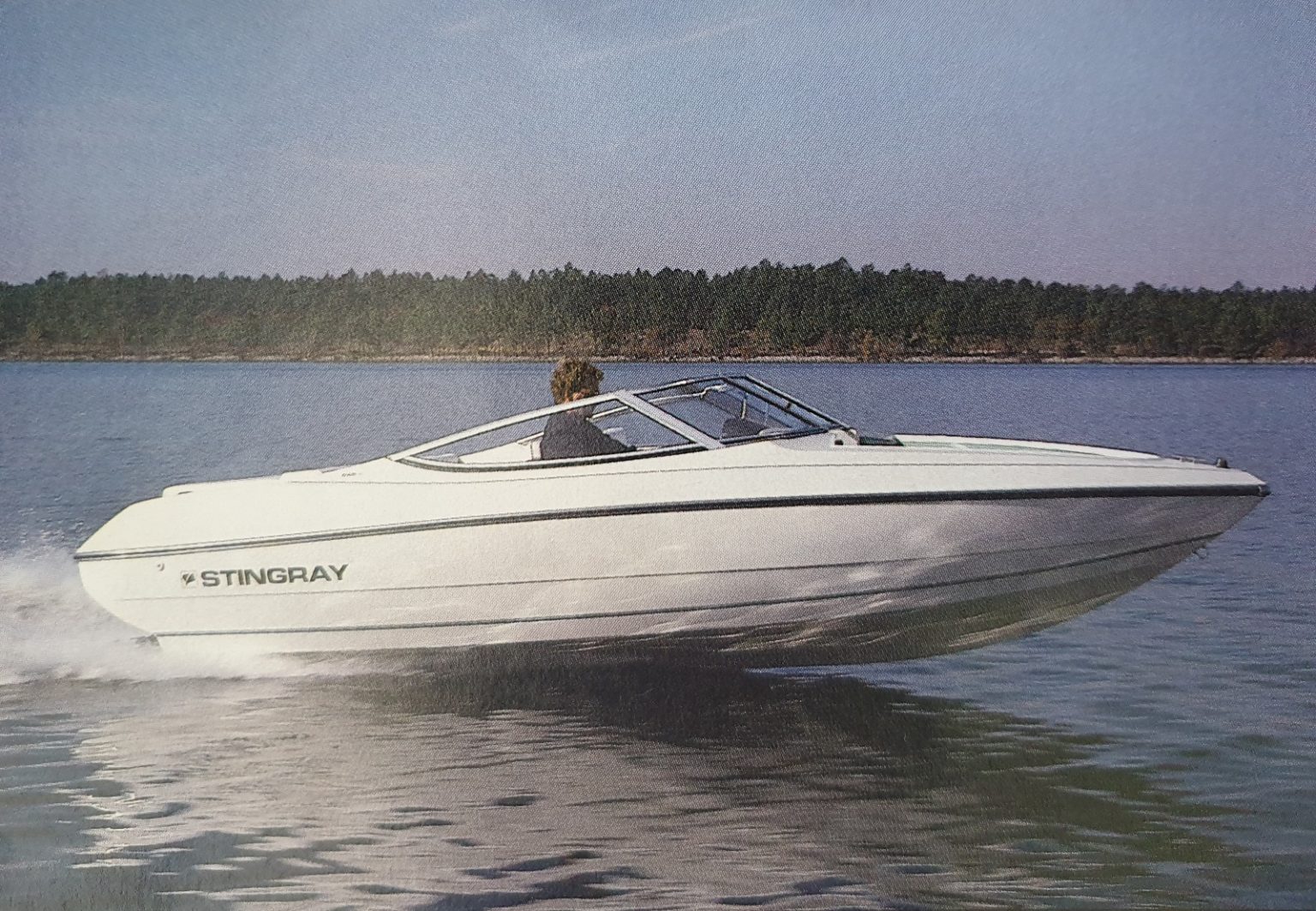
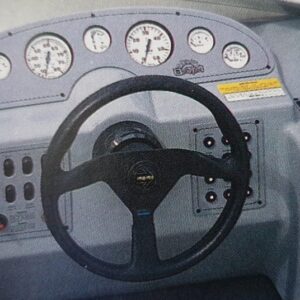
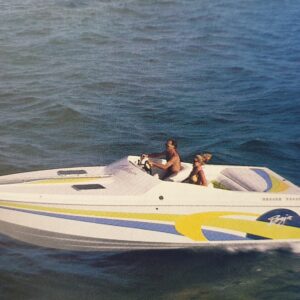
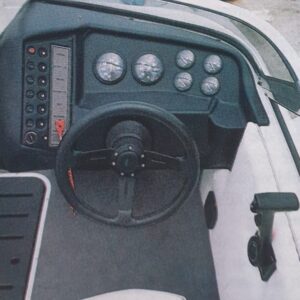
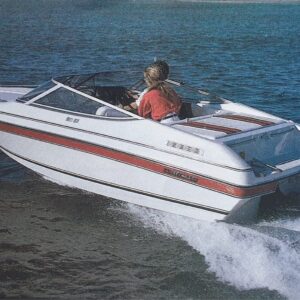
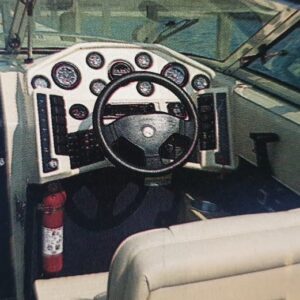

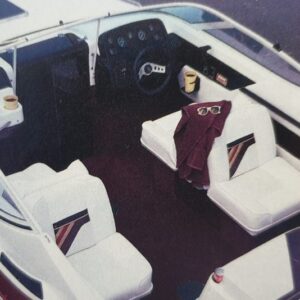
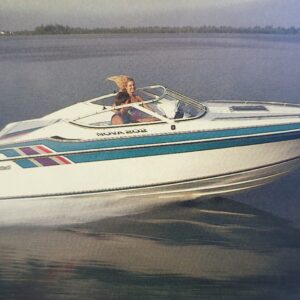
Reviews
There are no reviews yet.